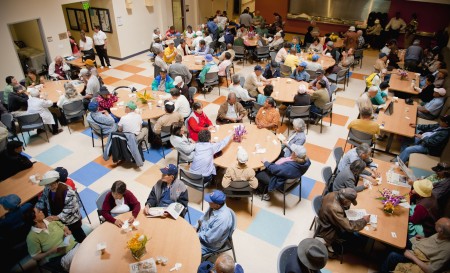Endless beaches, year-round wonderful weather, close proximity to the desert and mountains, a rich and diverse culture – San Diego has plenty of exciting activities to offer for an engaging lifestyle during retirement.
San Diego residents benefit from excellent health care and medical research facilities. UC San Diego Medical Center is ranked 37th in the nation for geriatric care. (The full US News List for Geriatric Care has over 1,500 hospitals listed.)
But amazing weather, casual beach living and excellent medical care are not enough to make San Diego a top destination for retirement. In fact, San Diego is one of the top 10 worst cities to retire.
“What makes it difficult to retire in the San Diego metro area are the high housing costs. People age 60 and older spend a median of over $1,000 per month on rent and $1,971 monthly on their mortgages, although costs drop to $436 monthly for seniors who have paid off their houses.”
While some retirees have the luxury to choose where to spend their non-working years, Baby Boomers that already live in San Diego may not have that choice and are bound to struggle with the high cost of living. Deep family roots and local investments may make it hard to pack up and settle elsewhere.
The 60+ population in San Diego is projected to increase from 531,980 today to 929,766 in 2030. This 75% increase compared to a 62% increase nationally (from 57 million to 92 million) will impact life in San Diego and the work of Senior Community Centers on many levels. By 2030, 25% of the population will be over 60 years of age with an average life expectancy of 83 years.
Wherever you choose to spend your retirement, are you prepared for 20+ years without a set salary? While Congress is still taking too much time to handle our aging population, it’s never too early for you to start planning. (Here is a good retirement planning guide from the US Department of Labor.)




 Posted by Paul Downey
Posted by Paul Downey 